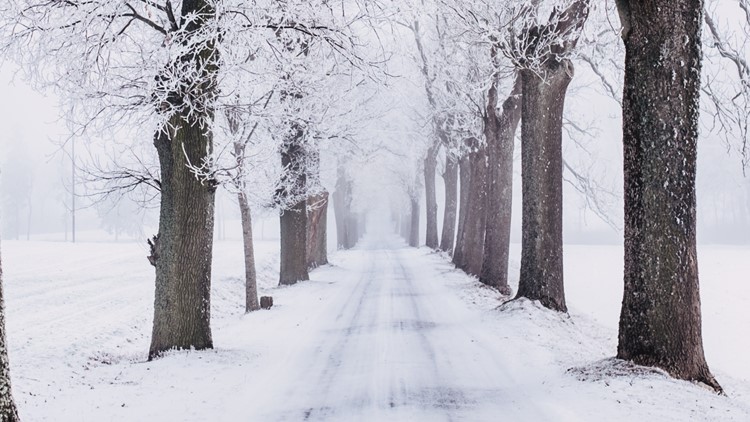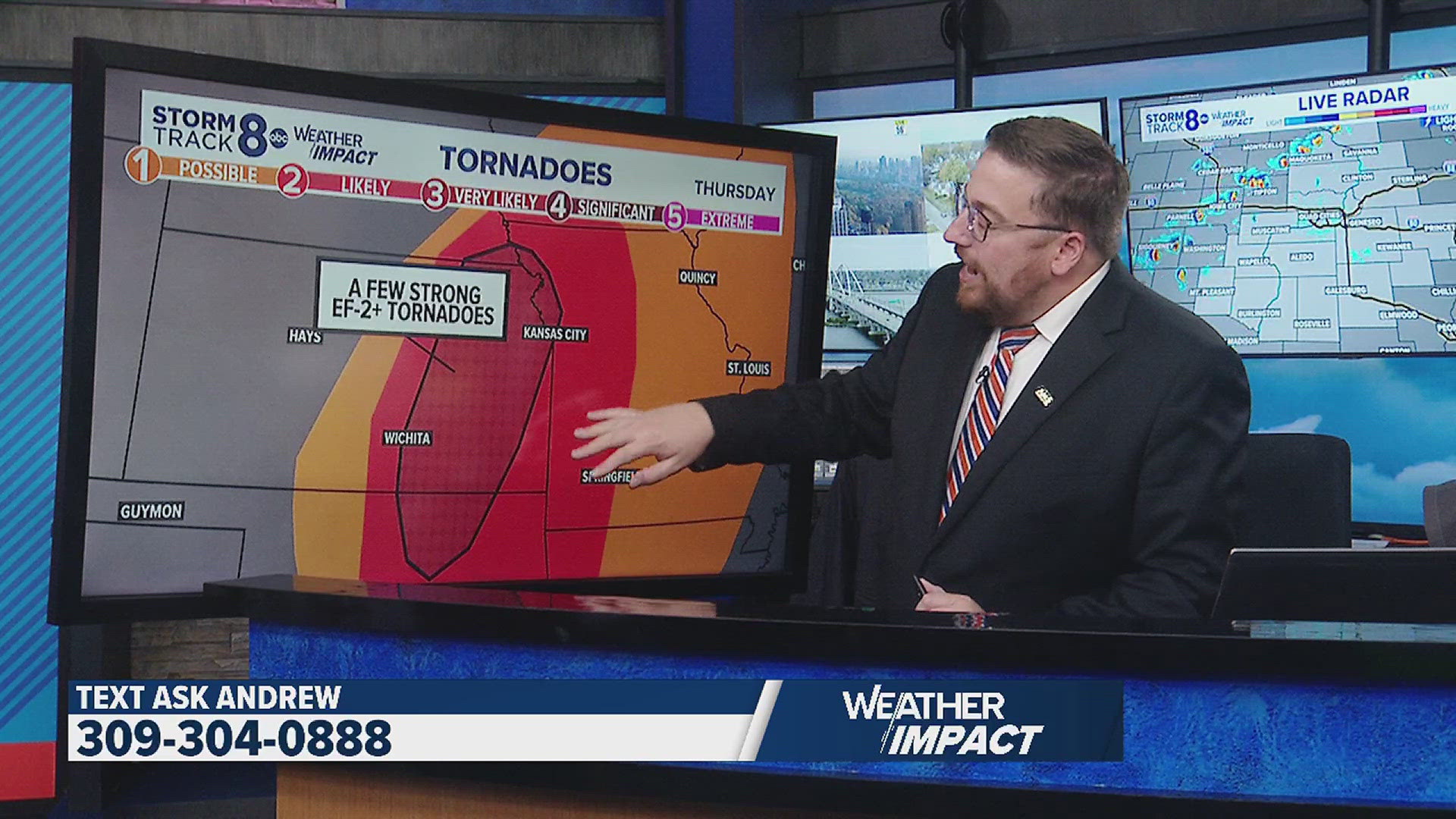MOLINE, Ill. — Picture it, a fresh, beautiful blanket of pristine, white snow sits on your front lawn. Then, days later, as the temperatures warm up, that snow suddenly vanishes.
But wait, if the snow was solid and white in color, what happened to the white? Shouldn't there be some leftover, residual color that sticks around after it melts? That's the topic of today's "Ask Andrew."
What happens to the white when the snow melts?
First, a quick lesson on how our eyes absorb light. Each color gives off a certain vibrational frequency, where the electrons of a particle will vibrate a certain amount in response to different levels of energy. Essentially, objects can absorb certain frequencies of light more effectively than others.
Snow is naturally composed of millions of ice crystals, meaning any light passing through them will be directed in several different directions, rather than passing straight through. This is why snow is actually considered to be translucent in nature, not transparent as it would appear in a picture.


Put all of these factors together and crowd them into a tight, compact snowpack, and you've got a lot of light particles bouncing off each other and in turn, bouncing back to your eyes as that bright white appearance. The white color in particular is caused by the combination of all frequencies in the visible spectrum equally, which creates white.
Once the snow melts, you transition from solid, frozen ice crystals, to a liquid, being plain water, where that process of light passing through millions of crystals is interrupted, hence, why nothing is leftover after the snow melts in terms of white color.
Now, snow can appear to be different colors depending on how the sun is interacting with it, or if it happens to be in a shadow. Of course, the neighborhood K9 can also cause a certain reaction with the snow, turning it yellow, too!
Have a question you would like me to answer for an upcoming Ask Andrew segment? Submit it, here!



